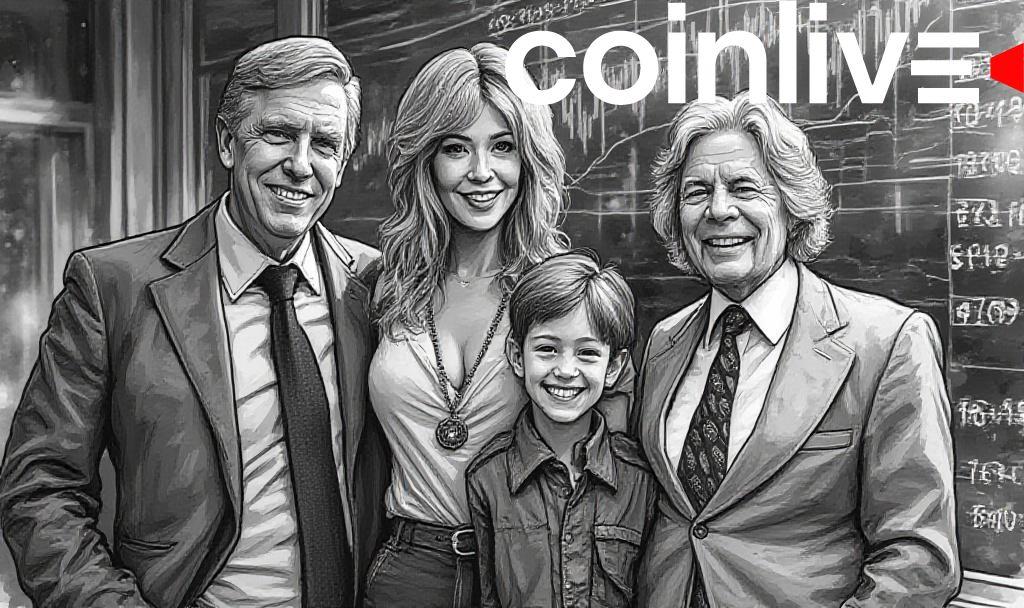- Trump family proposes WLFI tradability; governance shifts expected.
- Introduction of WLFI tradability on 4th July 2025.
- Focus on decentralization through enhanced market participation.

Aiming to broaden market access, the Trump-backed project is spearheading efforts to enable WLFI token trading. This move could increase participation and liquidity in the crypto market.
World Liberty Financial, backed by Donald Trump and associates, initiates a governance proposal to allow trading of its cryptocurrency WLFI. Trump and his sons have become central figures in this tokenization effort. The proposal marks an attempt to elevate the cryptocurrency’s market status and engage community participation.
“You asked to make $WLFI transferable — we heard you. The team is working behind the scenes to make it happen. Big news coming soon.”
Should the community approve, WLFI’s tradability will make it available on secondary markets, enhancing liquidity. In contrast, coins held by insiders like Trump will remain locked. This seeks to prevent sudden market shifts. Initially, only specific token holders, excluding key insiders, will benefit from trading. The proposal highlights a gradual approach to market participation, emphasizing plans for broader decentralization and control.
This initiative is likely to shift market dynamics by enabling price discovery and potential liquidity improvements. Trading decisions could impact market behaviors, potential trading volumes, and crypto engagement. Nonetheless, key insiders, including Trump, retain a restricted lockup period to ensure stability.
Insider lockups are common in such high-profile crypto launches. Striking similarities with initiatives from projects like Compound and Uniswap, WLFI’s planned governance shift could serve as a stress test for decentralized governance effectiveness. Investor interest might increase demand if trading sees listing on major decentralized exchanges.
World Liberty Financial’s leadership emphasizes efforts to increase user participation through governance voting. Historically, this mirrors activities within major DeFi projects, yet questions remain on how markets and regulation will respond to this project.








